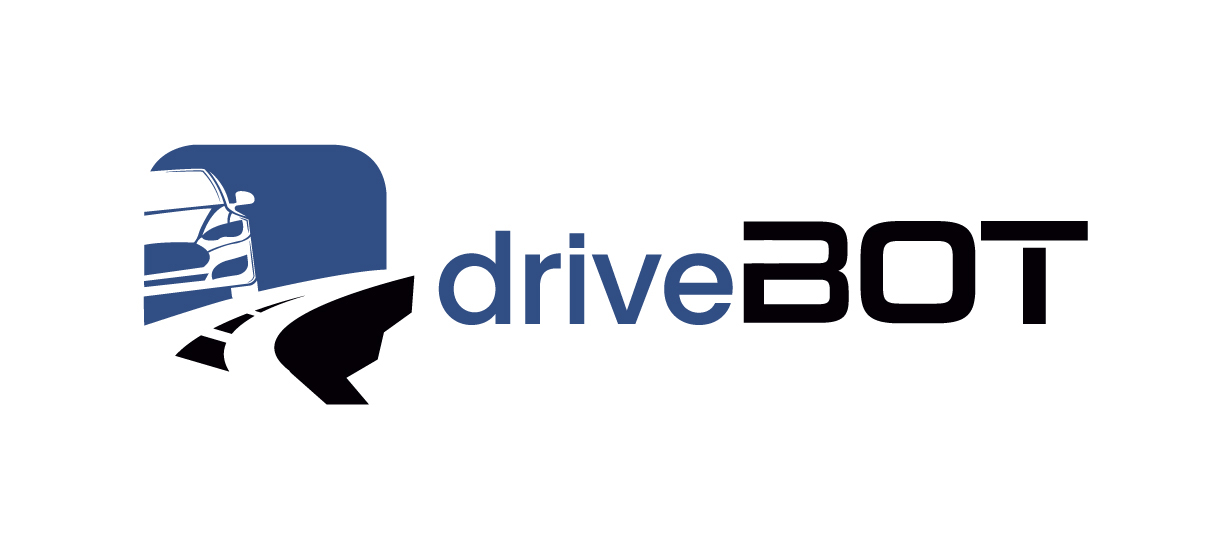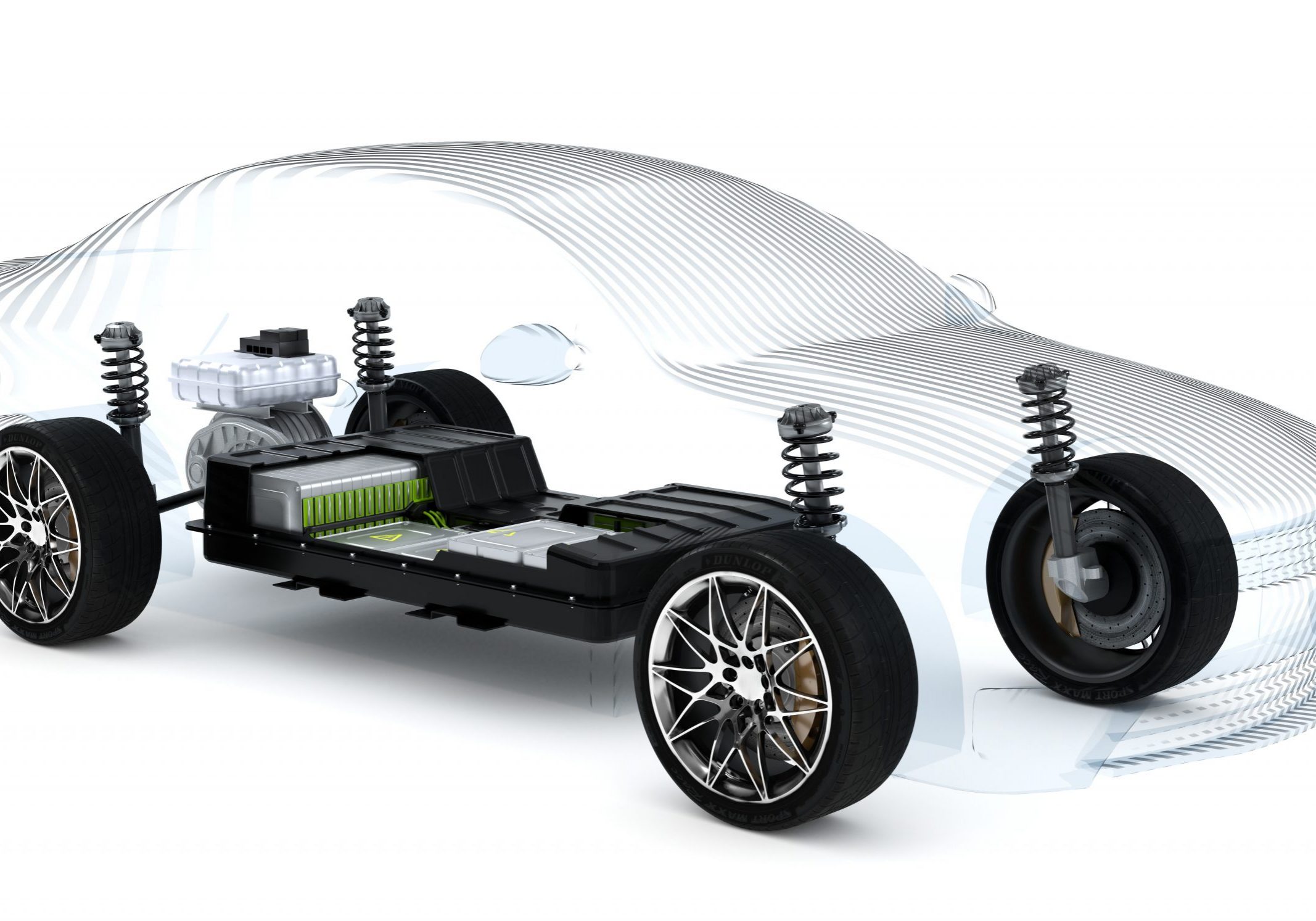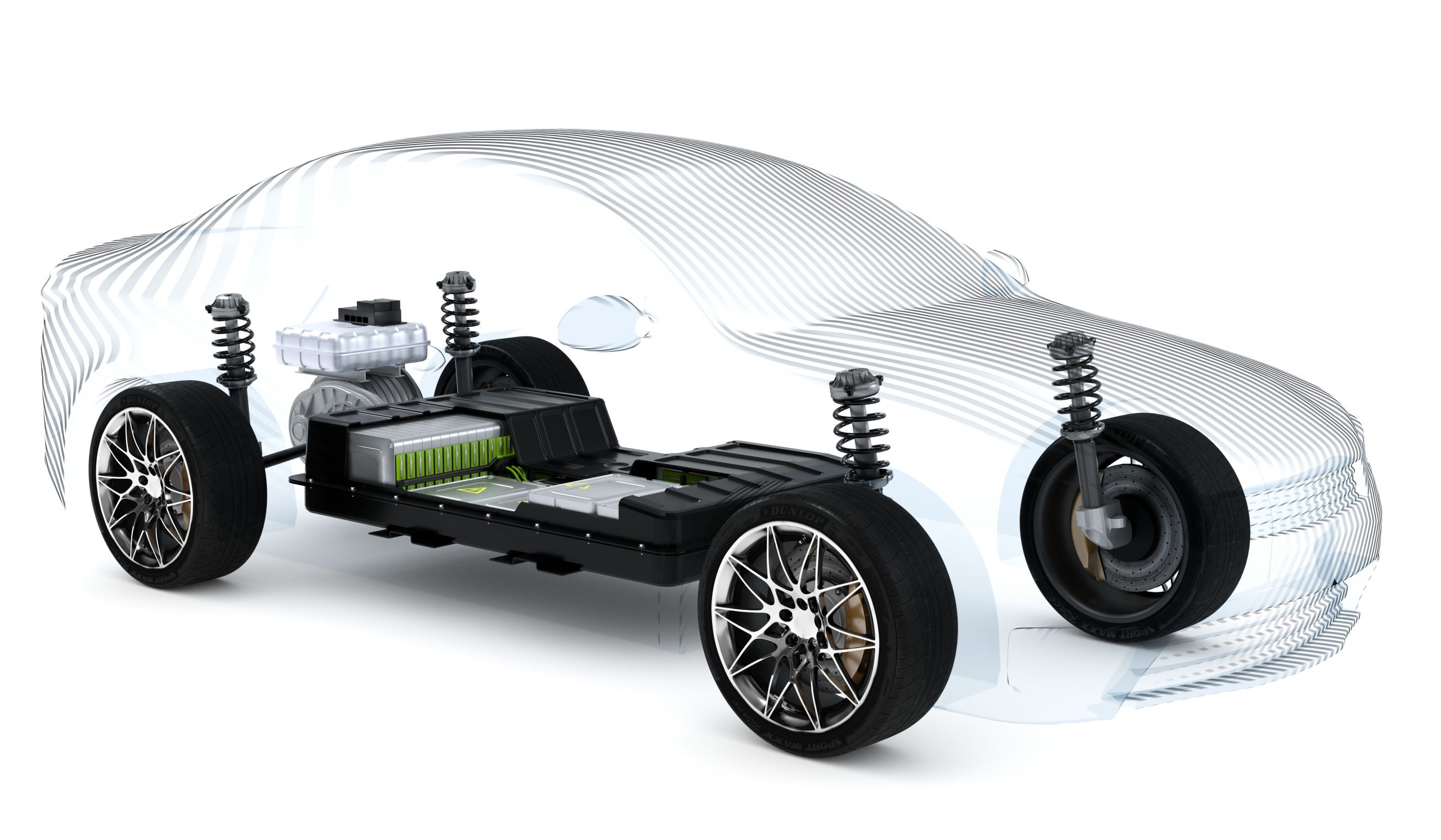
One of the most challenging aspects in developing autonomous driving is to realistically simulate human road users and their seemingly unpredictable behavior. cogniBIT fills the simulation with life-like road users by providing traffic agent models based on our cogniBOT™ AI architecture, which perceive, think and act like human road users. Our product driveBOT provides realistic simulation of human car drivers.

One of the most challenging aspects in developing autonomous driving is to realistically simulate human road users and their seemingly unpredictable behavior. cogniBIT fills the simulation with life-like road users by providing traffic agent models based on our cogniBOT™ AI architecture, which perceive, think and act like human road users. Our product driveBOT provides realistic simulation of human car drivers.

Human limitations
Behavior on the road is determined by physiological constraints, which pose limits for how a road user can act. Just like us humans, the driveBOTs have typical human limitations such as a limited field of view, reaction times or lack of attention.

Human variation
No two drivers are the same. Human behavior in traffic is influenced by a large variety of factors, such as age, driving experience, and emotions. In our model-based approach, all of these factors can be combined and adapted for each simulated individual driver to bring the entire continuum of human driving styles into simulation. From the defensive, safety-conscious elderly driver to the young hot shot, driveBOT is able to simulate the behavior of the entire range of human drivers.

Critical situations
Safely mastering critical scenarios such as accidents and near-accidents represents the benchmark for the general acceptance of autonomous vehicles. Such scenarios are mostly rooted in human error. By simulating human behavior and its limitations, our systematic variations of scenarios automatically generate plausible and life-like traffic flows. Thus, cogniBIT provides developers of autonomous driving technology with the tools to efficiently test critical scenarios.

Transparency
For the development of autonomous driving, it is essential to reconstruct critical scenarios in simulation. Our white-box approach provides transparent and traceable behavior of the simulated road users. During a virtual analysis of critical scenarios, accidents can be traced back to different causes such as distraction, lack of attention, or distance estimation errors. In this way, accidents caused by other drivers’ misbehaviour can easily be distinguished from accidents caused by the autonomous vehicle under test.

Human limitations
Behavior on the road is determined by physiological constraints, which pose limits for how a road user can act. Just like us humans, the driveBOTs have typical human limitations such as a limited field of view, reaction times or lack of attention.

Human variation
No two drivers are the same. Human behavior in traffic is influenced by a large variety of factors, such as age, driving experience, and emotions. In our model-based approach, all of these factors can be combined and adapted for each simulated individual driver to bring the entire continuum of human driving styles into simulation. From the defensive, safety-conscious elderly driver to the young hot shot, driveBOT is able to simulate the behavior of the entire range of human drivers.

Critical situations
Safely mastering critical scenarios such as accidents and near-accidents represents the benchmark for the general acceptance of autonomous vehicles. Such scenarios are mostly rooted in human error. By simulating human behavior and its limitations, our systematic variations of scenarios automatically generate plausible and life-like traffic flows. Thus, cogniBIT provides developers of autonomous driving technology with the tools to efficiently test critical scenarios.

Transparency
For the development of autonomous driving, it is essential to reconstruct critical scenarios in simulation. Our white-box approach provides transparent and traceable behavior of the simulated road users. During a virtual analysis of critical scenarios, accidents can be traced back to different causes such as distraction, lack of attention, or distance estimation errors. In this way, accidents caused by other drivers’ misbehaviour can easily be distinguished from accidents caused by the autonomous vehicle under test.
